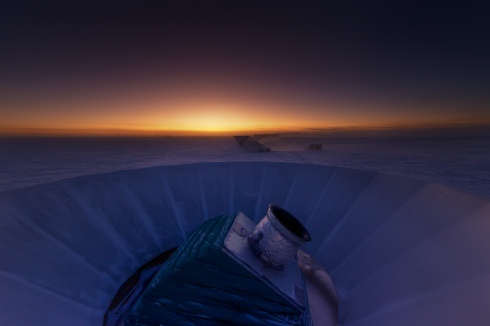What can four busy graduates from the Banff Science Communications Program come up with during a random night of dinner and chats?
This. Introducing “The Lab” – a YouTube comedy series about grad students working in a science lab.
We first came up with this concept about a year ago. After the Banff program, we have all gotten really busy with our lives, jobs, or school work, but the desire to do a project together never left us. That’s when this idea came up. “How about a show like, ‘the office,’ except it is about a lab and the grad students working in the lab?”
All four of us – Suraaj, Agatha, Pam, and I – have experience working in research labs. And if you have met any of us, you would know that the idea of doing a YouTube series totally makes sense. So it started. Script writing meetings, google hangouts, edits, rewrites, …
Those who spend much of their time doing science communication know this – outside of science communication, most of us have other things going on. May it be that PhD thesis, the Post-doc fellowship, a (real?) full-time job, and maybe others. After we finished working on the script of the first few episodes, people got busy, and we all moved on.
But at some point, Suraaj continued – huge kudos to her. By the time that we got another email about this from her, it was a year later, and the scripts for a few more episodes had been written. In fact, she had started looking for actors and actresses for the show.
Unfortunately, Agatha is now all the way in Washington DC for a fellowship program. Pam and I managed to drop by and help out a little, with Suraaj (“the director”) driving the show. And this, is what we got.
So you see, this is not simply a comedy series. This show is about our passion for science communication. This show is about moving on to better things. This show is about sticking to your guns to make something happen. This show is about, on a random night when the 4 of us got together, catching up and talking about science communication. This is what it is about.
Okay, I think I am romanticizing this too much. You can watch the first episode below. Make sure to subscribe to the YouTube channel, to “like” it on Facebook, or to follow it on Twitter. New episodes come out on Wednesdays until Halloween.
(By the way, I will have a little cameo in the show. Make sure to watch all the episodes to find me! Feel free to let us know what you think of the show. And, *screams* man does it feel good to see my name on the screen! :D)














